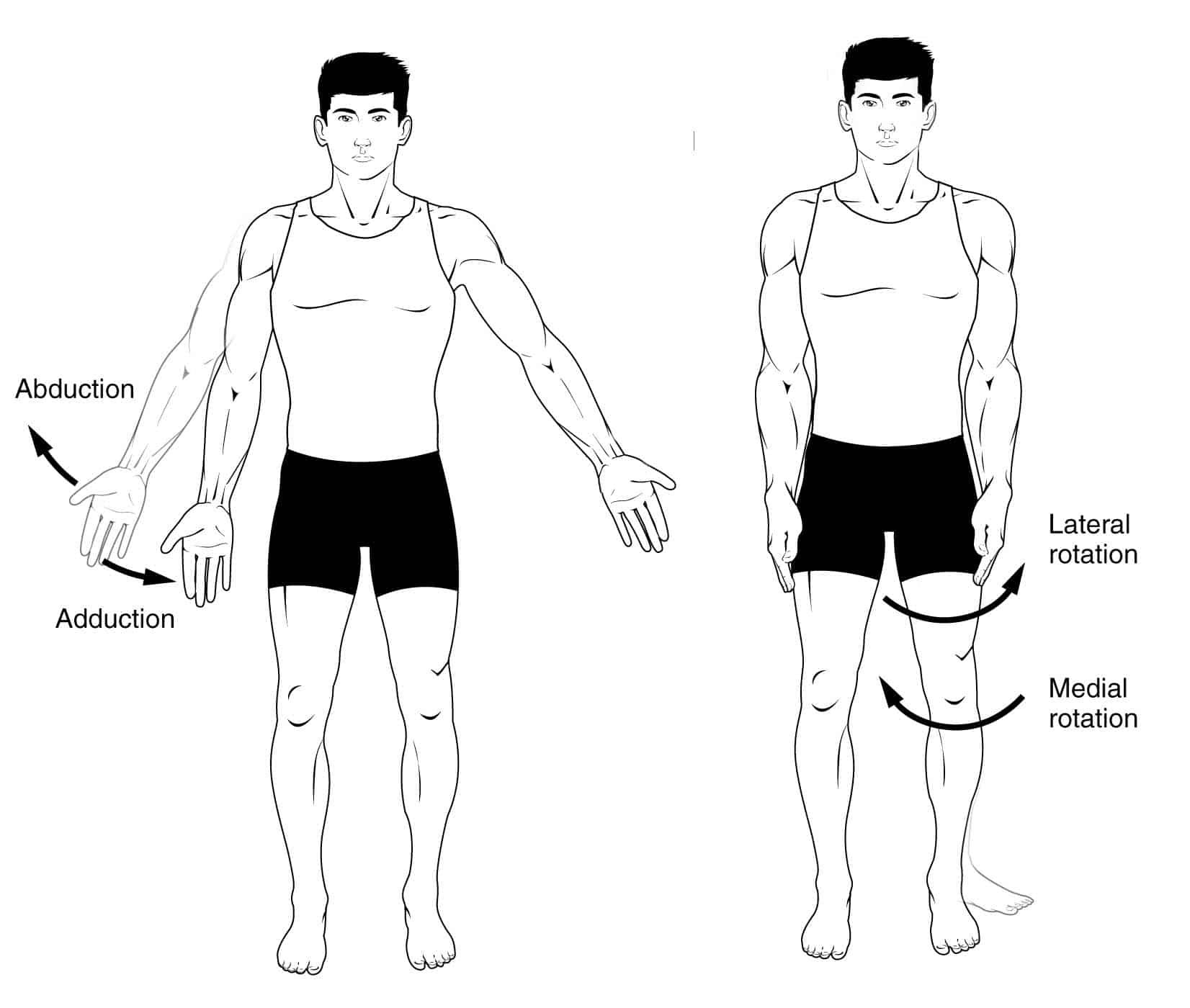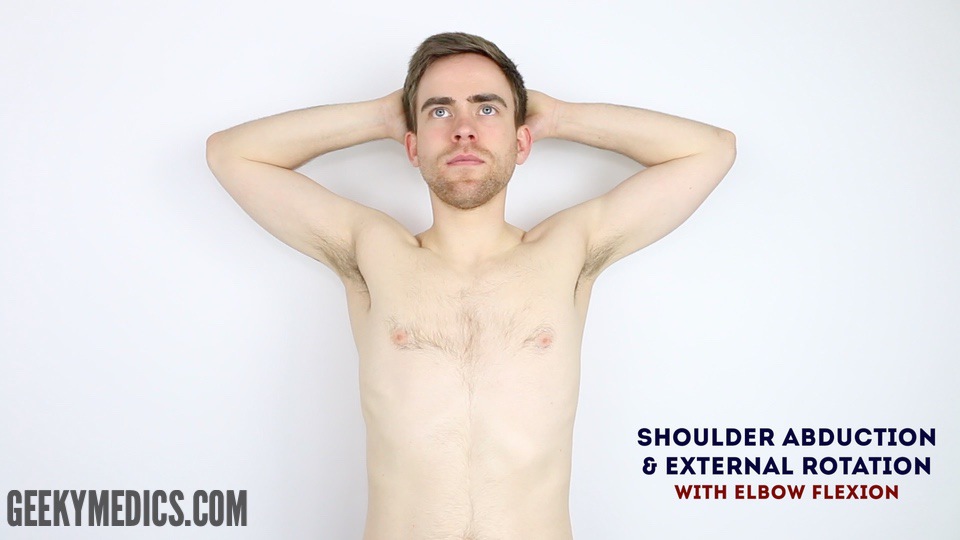

Mutations in SEPT9 have also been identified in people with other hereditary neuropathies, including: The SEPT9 gene is active in cells throughout the body, including neurons and immune cells. A mutation in the SEPTIN-9 (SEPT9) gene has been identified as one of the contributing causes of hereditary PTS. Most people who get PTS have no family history of the condition, but a rare, hereditary form of PTS is recognized. Possible genetic predisposition and triggers The cause of PTS is largely unknown, although it may be related to inflammation mediated by the immune system and/or changes in blood circulation. While the phrenic nerve is less commonly affected, its involvement can cause patients to experience shortness of breath. Phrenic nerve, which supplies the diaphragm.Anterior interosseous nerve, which supplies the flexor pollicis longus, pronator quadratus, and flexor digitorum profundus muscles to control the thumb.Axillary nerve, which supplies the deltoid and teres minor muscles to control shoulder abduction and external rotation.

Suprascapular nerve, which supplies the supraspinatus and infraspinatus muscle to control shoulder abduction and external rotation.Long thoracic nerve, which supplies the serratus anterior muscle to control the scapula.The most commonly affected nerves are the: PTS can also affect nerves in the forearm. PTS most commonly affects branches arising from the brachial plexus, a complex network of nerves that arise from the cervical spinal cord to control motor function and sensation throughout the upper extremity. PTS can affect one or both sides of the body. Treatment of dogs diagnosed with medial shoulder instability using radiofrequency-induced thermal capsulorrhaphy.Parsonage-Turner syndrome (PTS), also known as neuralgic amyotrophy or brachial neuritis, is a rare peripheral neuropathy that predominately affects one or more nerves that control movements of the chest wall, shoulder, arm, forearm and hand. Prince Edward Island, Canada: Charlottetown 2009 2: 349-355 Measurement of angles of abduction for diagnosis of shoulder instability in dogs using goniometry and digital image analysis. Magnetic resonance imaging findings in dogs with confirmed shoulder pathology. Prospective evaluation of techniques for differentiating shoulder pathology as a source of forelimb lameness in medium and large breed dogs. Role of the tendons of the biceps brachii and infraspinatus muscles and the medial glenohumeral ligament in the maintenance of passive shoulder joint stability in dogs. Stability of the canine shoulder joint: an in vitro analysis. Outcomes associated with treatments for medial, lateral, and multidirectional shoulder instability in dogs. Relationship of physical examination test of shoulder instability to arthroscopic findings in dogs. Shoulder flexion angle can significantly affect measured abduction angles.ĭiagnosis of shoulder instability in dogs and cats: a retrospective study. Placing the shoulder at a neutral standing angle, and transection of support structures caused an average increase in abduction by 8.2° ( p < 0.001) and 4.4° respectively.Ĭonclusion Significant variation exists between observers performing this test, increased accuracy seen in the more experienced observer. Intra-observer repeatability, however, indicated no differences on repeated measurements ( p = 0.26). Inter-observer repeatability was poor, with all three observers having different abduction measurements ( p < 0.001). Results All three observers had different measured abduction angles when compared with fluoroscopy ( p < 0.01) however, the experienced surgeon had an error of only 2.9°.

Accuracy and repeatability of the abduction test were assessed using linear mixed models. Shoulder abduction was measured again using fluoroscopy. The three observers again measured shoulder abduction angles in all dogs. Arthroscopy was performed in all shoulder joints, with the medial support structures transected in one shoulder of each dog. Shoulder abduction was then measured, using craniocaudal fluoroscopic images. Materials and Methods The shoulder abduction angle was measured by three separate observers, both with the shoulder extended and at a neutral angle. Objective The aim of this study was to determine the accuracy and repeatability of the shoulder abduction test and to assess the effect of transection of the medial shoulder support structures in canine cadavers.


 0 kommentar(er)
0 kommentar(er)
